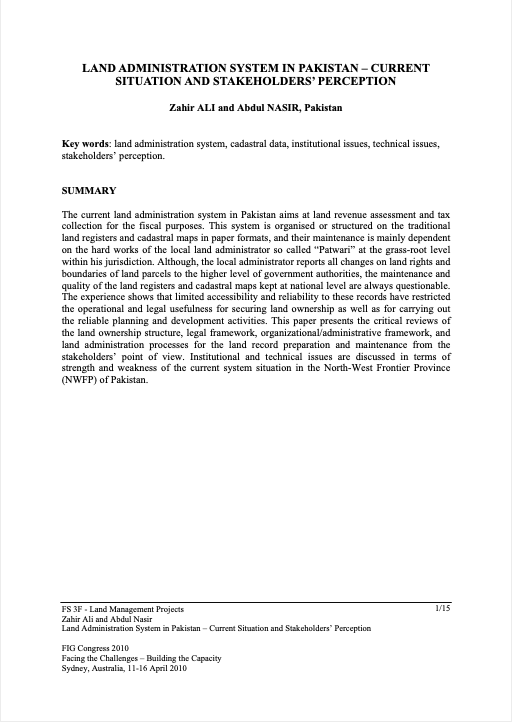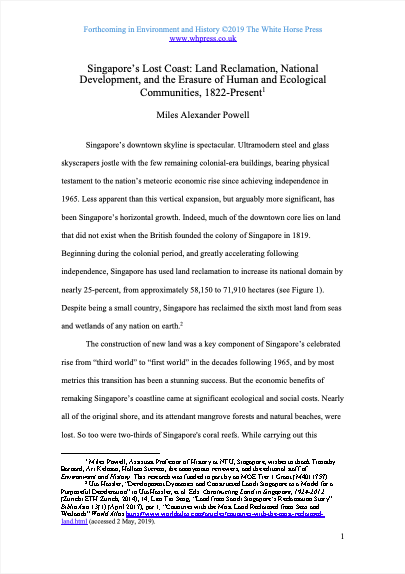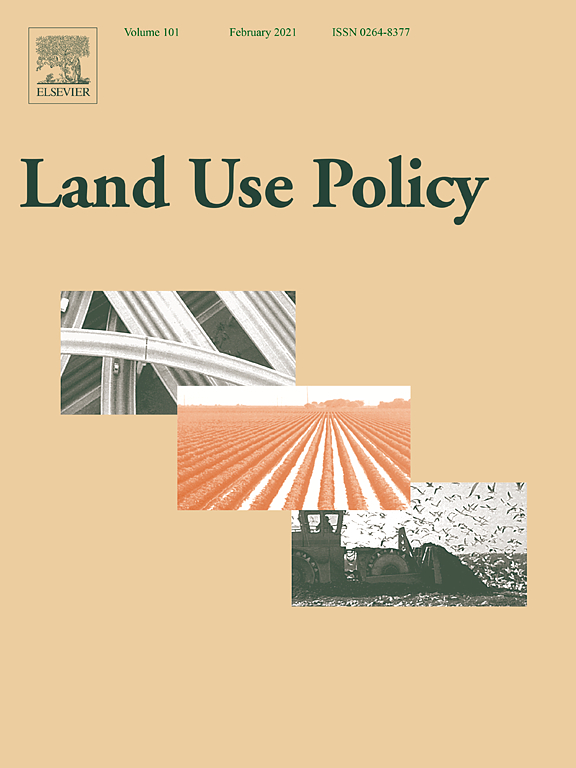Sustainability standards and certification: towards sustainable palm oil in Indonesia?
Palm oil production is currently the focus of much contentious debate. On the one hand, palm oil production has a substantial, positive (socio-) economic impact in countries which produce it, like Indonesia, and is a powerful engine of rural development. On the other hand, palm oil production has a severe negative impact regarding ecological and social sustainability. This is due above all to its large carbon footprint, reduced biodiversity, and its potential for triggering land rights conflicts.





